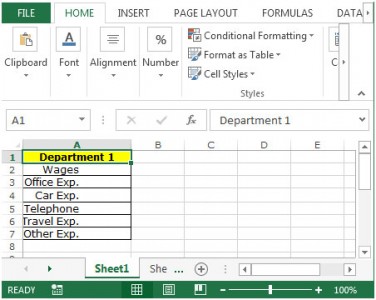
:max_bytes(150000):strip_icc()/004-how-to-indent-in-excel-4692518-01e11c13ff2d4699a5e51e92e57be338.jpg)
Seriously, you can create a macro that applies a custom format of any desired type. There is a quick way to get exactly the custom formats you want, however-use macros. Unfortunately, there is no way to get your own preferred set of custom formats at the top of the list. One problem with using the default-workbook approach is that the custom format, while included in the list, is at the bottom of the list. It will not affect any existing workbooks. (Just use Windows' Search tool to look locate the XLStart folder.) This file (Book.xlt) then becomes the basis for all new workbooks, which means the custom format will be available in them. Then, save the workbook as a template under the name Book.xlt, in the XLStart folder. Sound confusing? It doesn't need to all you need to do is start with a brand new workbook and define the custom format.

This means that you could replace Excel's default workbook with one of your own, and the custom format will be available in the list provided the format was defined in the workbook you saved as the default. The first is a natural extension to what is already mentioned in this tip-that the custom list includes any custom formats that have been defined in the current workbook. There are a couple of workarounds, however.

Unfortunately, that is not in the cards for Excel it lists only those custom formats unique to the current workbook. If you spend some time developing a custom format, it would be helpful to have that format always appear in the list of custom formats, regardless of which workbook you are using. Some of these formats are provided by Excel by default, and others reflect custom formats used within the current workbook. When you display the Format Cells dialog box (Format | Cells) and click Custom on the Number tab, Excel displays a list of custom formats.


 0 kommentar(er)
0 kommentar(er)
